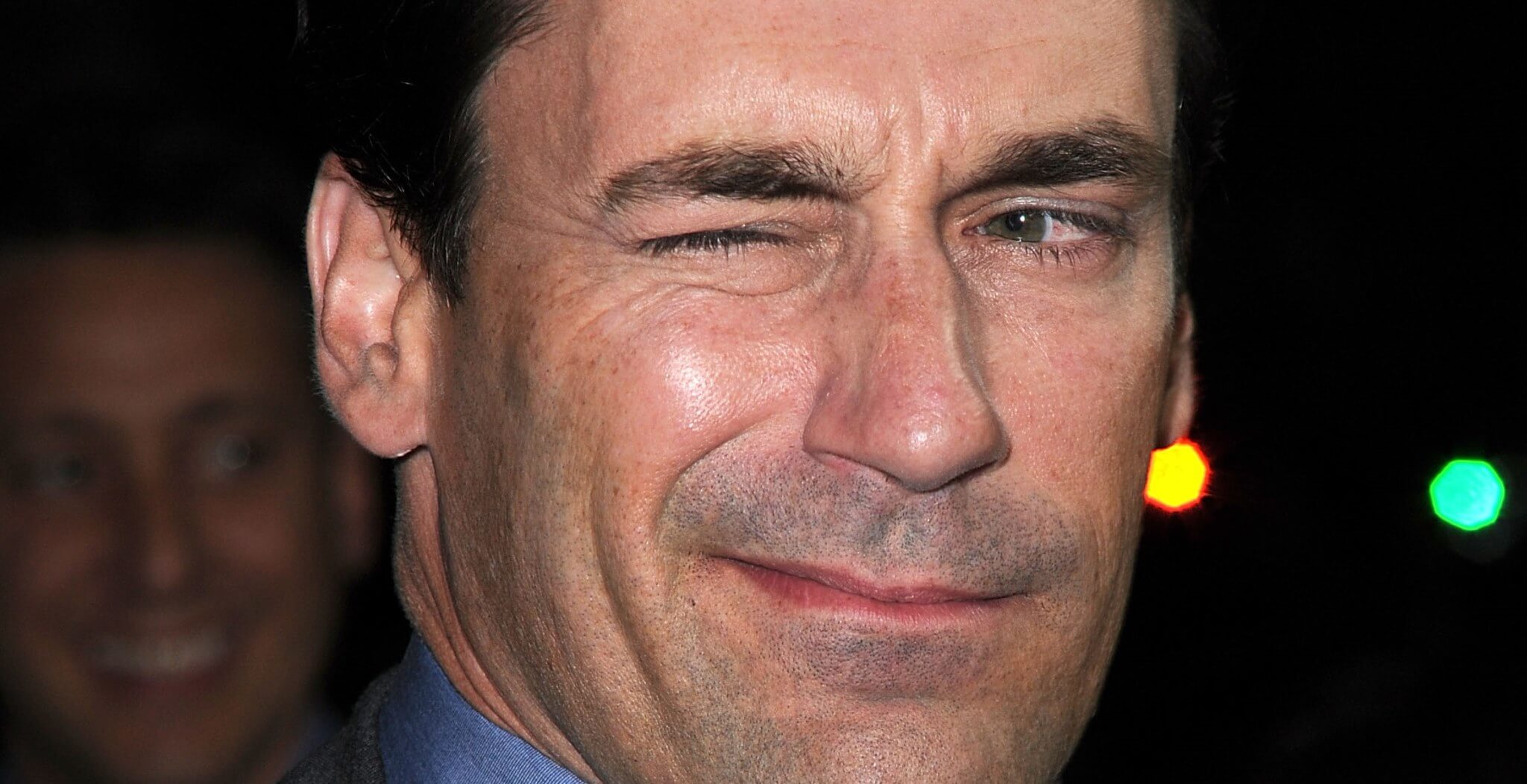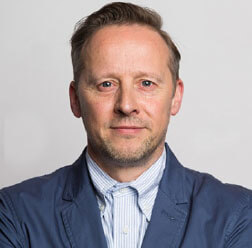Why The Mad Men Ad Agency Model Is Broken
The big media agency model ripe for a re-think, but what should replace it?

2018 is a year that always promised change for the advertising industry. So far this year, ad agencies - the ones behind all of those marketing campaigns that enthuse or enrage their target consumers - have experienced seismic shocks.
Market leader WPP Group’s CEO Martin Sorrell has gone and brands are busy devising their own agency models, fed up with the old way of doing things.
Marketing services has evolved rapidly, fragmenting and disrupting to meet the needs of clients, brands and their customers. It feels like a new order is here.
It’s a perfect storm of dissatisfied clients, blinkered agencies and disruptive technology, all coated with a massive lack of trust. We need to look at how we change for the future.
An ongoing and now more noticeable trend is emerging among the bigger agency holding groups, driven by slower predicted growth and changes in how they derive their income. Traditional agencies are also suffering from transparency and trust issues with their historical set-up, structure and working practices.
From Procter & Gamble (P&G) to Unilever, big brands are revealing with agency structures and their lack of efficiency in public. Their message is “you need to change” and even agencies are beginning to agree with them.
The quest for profit over client value has caused this downfall. Procurement squeezed everything, margins got tighter, and budgets got smaller with less work available for the ever-growing number of agencies.
Yet the groups didn’t read the writing on the wall; they blamed the clients and failed to make the changes required for the new world. In turn, client frustration with old ways grew, and now there’s no way back.
The holding groups are finally shifting strategy. Talk of more client-focused super-teams or ‘horizontality’ is growing, multiple agencies integrated to work to one P&L in a bid to service global brands. This is also happening within groups to provide a seamless, more simplistic and efficient service. But is change client led or profit led? Will it create more value for clients, drive growth? Or is it just more of the same?
Another result is the merging of multiple agencies to create the super-agency, such as WPP’s unveiling of Superunion back in January.
Will this approach just start to fuel more client challenges with size, speed and creative diversity? Will agency talent want to be homogenised into one creative mass? Will clients really want to work with agencies made to maximise profit rather than create value?
Unilever and P&G have been reducing their rosters for the last few years. They realise, however, that simply driving down cost can have detrimental effects. P&G announced three new agency models in April, including People First - bringing competing agency talent together - taking digital media buying in-house and also freeing up budget through Fixed & Flow to work with a broader set of agencies.
They’re changing at a more rapid pace than the agencies they work with, dictating the models, taking risks to drive change and create opportunity.
Meanwhile, clients today have an increased and more complex workload, and spend too much time on admin. They are expected to be generalists in terms of their marketing expertise and, in most cases, must manage multiple agencies.
A recent ISBA study found clients want fewer agency relationships but they recognise the increasing need for a broader array of specialist agency services. The ability to identify and understand this need and create an agency model that offers a workable solution is the right road to take. But how?
Clients don’t want to be tied into an inflexible way of working. They need a mix of specialists that can understand their broader business challenges, together with being forward-thinking enough to spot opportunities and bright enough to articulate creative solutions.
They want to buy into different levels of skill-set. Strategy and creative remain areas where they need most support and are willing to pay a premium for. How that campaign strategy is then delivered is down to a mix of specialists, from the digital-, data- and tech-led agencies through to the more traditional specialists in experiential, design, PR and retail.
The trick is how to bring all this together, especially as clients don’t really want, or haven’t got the time, to manage multiple agencies. So, key areas of consideration start to emerge and form the basis of what this model could look like:
· Smaller groups or networks that can offer a consultative and diagnostic approach to a client’s business challenges
· Access to the best talent who can work in a collaborative way
· Agencies that have a centralised approach to strategy (creative, comms, data)
· A mix of specialist skill-sets that can collaborate to create great ideas and craft them to work across multiple audience touchpoints
· A responsive, client-led team based on capability that can plug into a client structure.
What about getting paid? Working out what constitutes a specialism or a commodity impacts how agencies charge. Moving beyond the rate card, the retainer and the cost-plus reimbursement is also a lever for the changing agency model.
Understanding the difference between cost and price is where agency and client can both win, with an output- / outcome-based approach as the new destination and the ability to mix a number of different fee models.
Our industry is undeniably changing, but it feels like change for the better. Diversity, in its broadest sense, makes our industry even more creative, dynamic and competitive. Whether you’re a client or work in an agency, the opportunity that challenge and change presents is exciting and scary in equal measure.
Being brave and having the courage to do different, step away from the norm and feel uncomfortable offers the biggest reward.
The age of the big groups is by no means over, they work very well for a lot of clients. But the change in client needs is definitely shifting the balance towards a more responsive and nimble model, whether group or agency led. 2018 feels like the year of change and opportunity for those smaller, independent agencies, networks and groups to create a new world order.
Darren Smith is Group Growth & Innovation Director at Captivate.
Thanks for signing up to Minutehack alerts.
Brilliant editorials heading your way soon.
Okay, Thanks!


